VEGACAP, VEGAPOINT: Point level detection with capacitive level switches
FunctionIn capacitive point level measurement, capacitive sensor and vessel form the two electrodes of a capacitor. Any change in capacitance due to a level change is converted into a switching signal. Thanks to shortenable cable and rod versions, the level switches can be adapted to any application and often serve as overfill protection, dry run protection, oil/water detection and foam detection. SeriesMeasuring probe - with rod up to 6 m - with cable up to 32 m Full or partial insulation determines whether the sensor is used in conductive or non-conductive media |
|
MountingIn case of horizontal installation, the instrument must be mounted in such a way that the probe is at the height of the requested switching point. In case of vertical installation, the instrument must be mounted so that the probe is immersed approx. 50 … 100 mm in the product when the desired switching point is reached. ConnectionThe instrument is connected with standard two-wire cable. SetupThe sensor is a compact device, i.e. it can be operated without external evaluation. It provides a switching signal on its own. A downstream device can be actuated directly with this switching signal (e.g. a warning system, a pump, etc.). |
FunctionIn capacitive point level measurement, capacitive sensor and vessel form the two electrodes of a capacitor. Any change in capacitance due to a level change is converted into a switching signal. Thanks to shortenable cable and rod versions, the level switches can be adapted to any application and often serve as overfill protection, dry run protection, oil/water detection and foam detection. SeriesMeasuring probe - with rod up to 6 m - with cable up to 32 m Full or partial insulation determines whether the sensor is used in conductive or non-conductive media |
|
MountingIn case of horizontal installation, the instrument must be mounted in such a way that the probe is at the height of the requested switching point. In case of vertical installation, the instrument must be mounted so that the probe is immersed approx. 50 … 100 mm in the product when the desired switching point is reached. ConnectionThe instrument is connected with standard two-wire cable. SetupThe sensor is a compact device, i.e. it can be operated without external evaluation. It provides a switching signal on its own. A downstream device can be actuated directly with this switching signal (e.g. a warning system, a pump, etc.). |



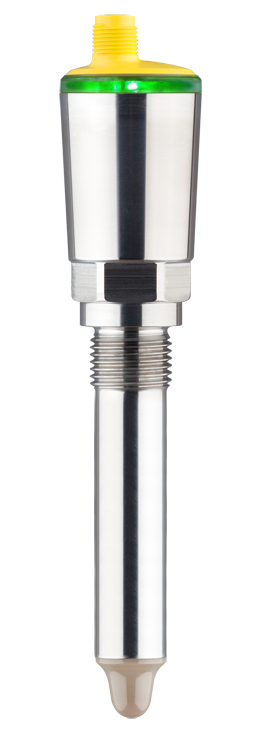








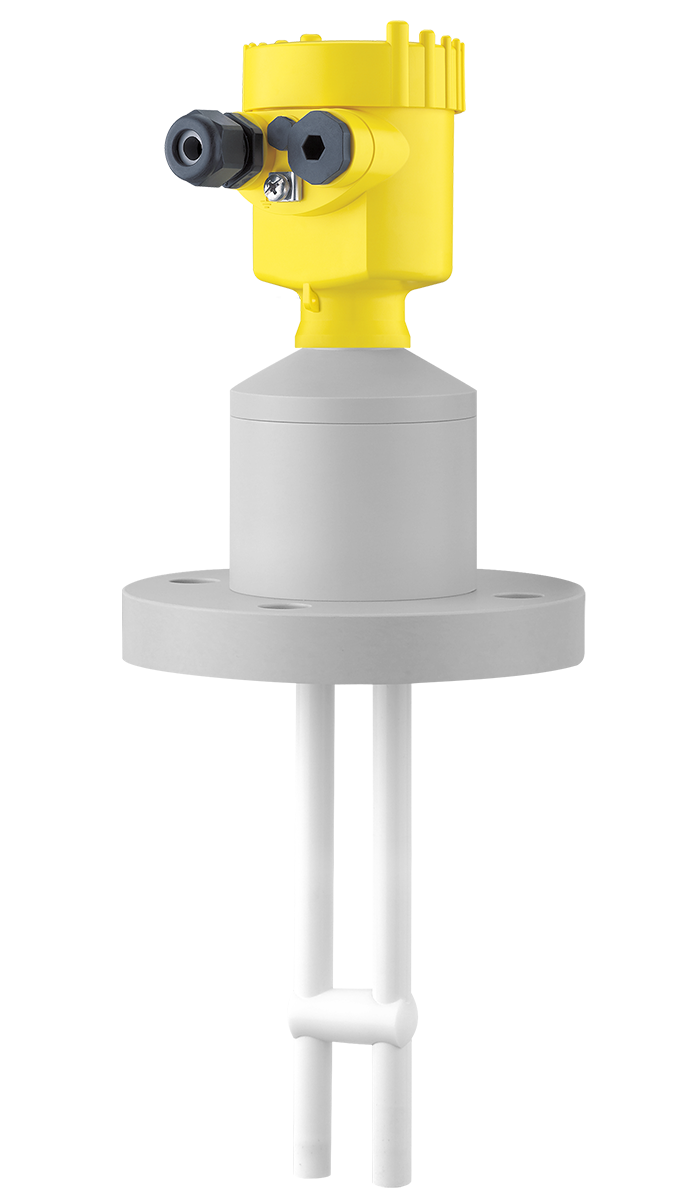
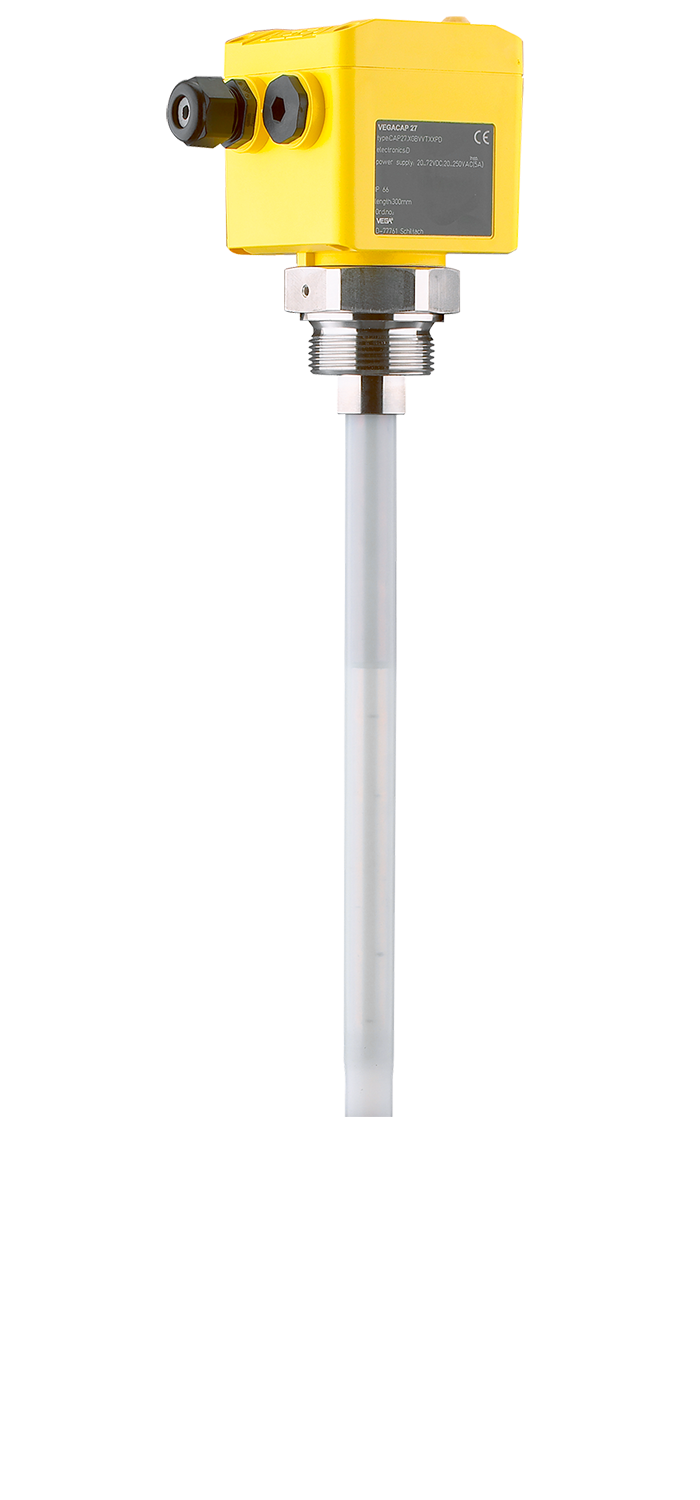
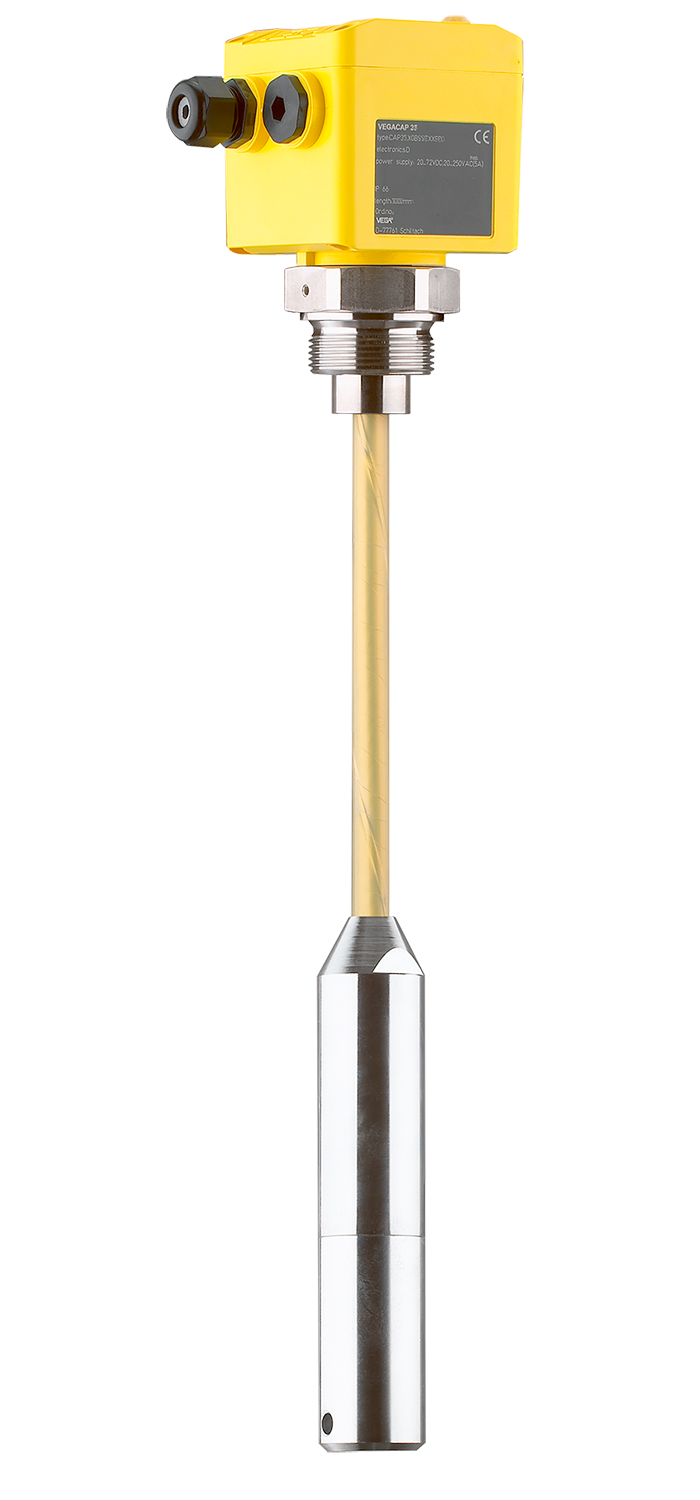
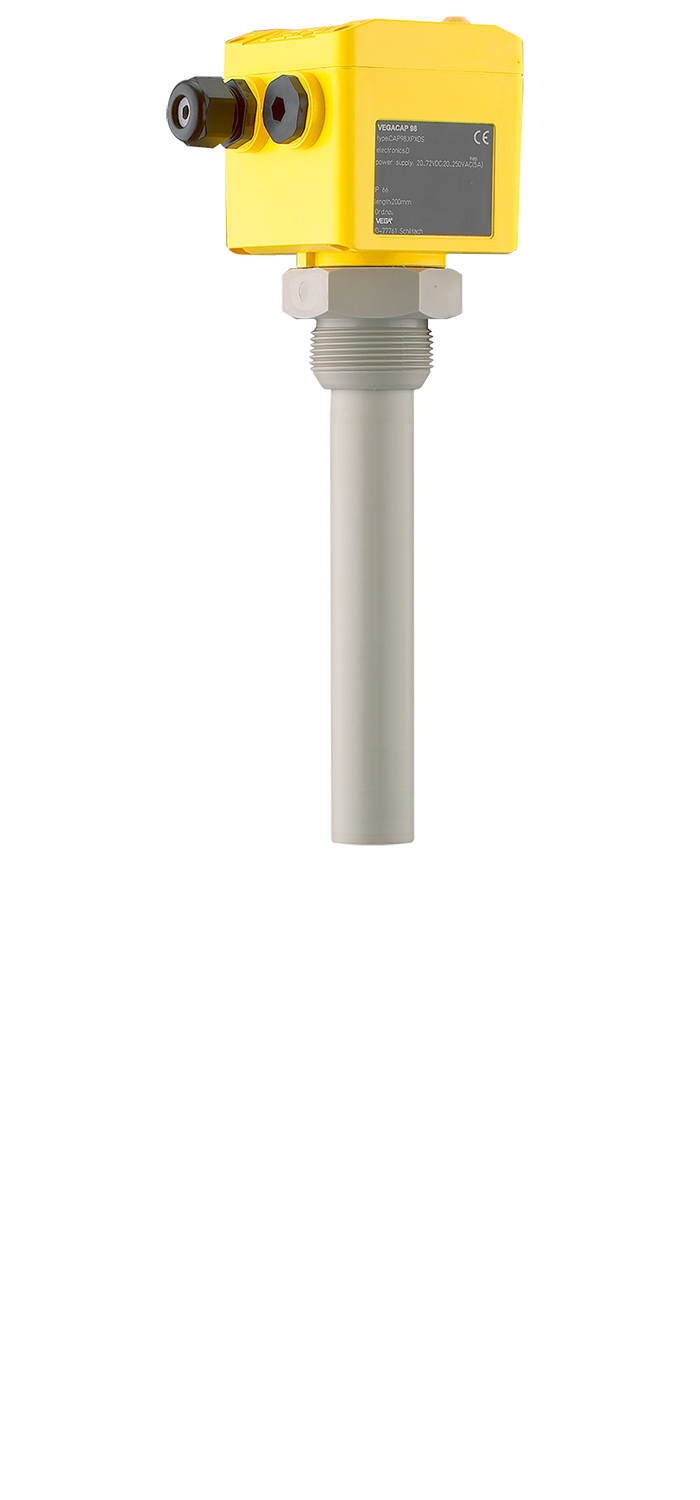
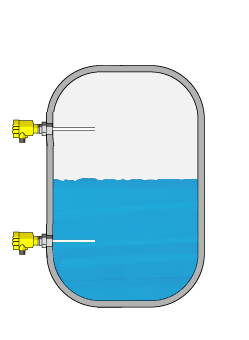
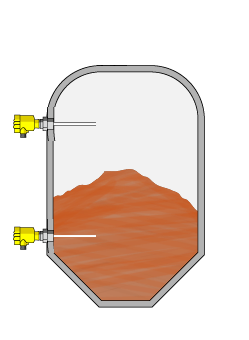
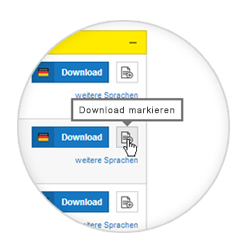
Close